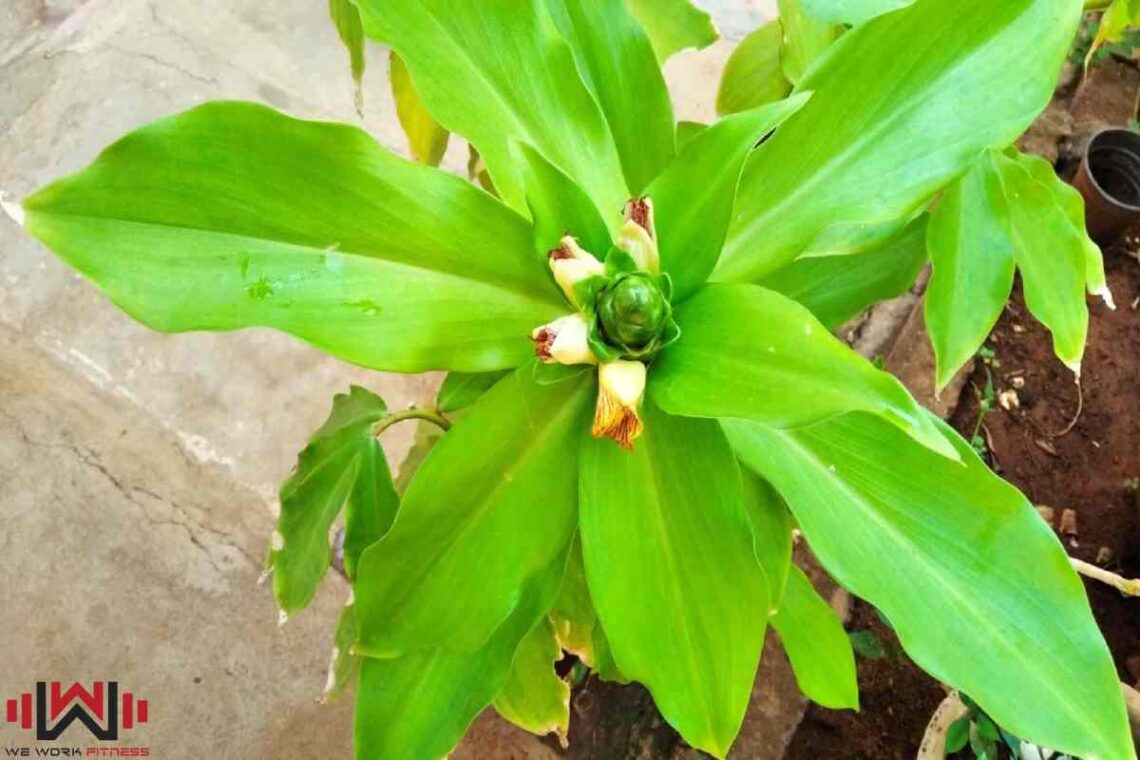The insulin plant is commonly known as Costus igneus. The leaves of the Insulin Plant contain corosolic acid, which helps to generate insulin, thereby treating diabetes. It is believed that consumption of the insulin plant leaves helps lower blood glucose levels. The family Costaceae hosts Costus igneus, commonly referred to as the insulin plant in India. People often say that the leaves help lower blood sugar, and diabetics who added the leaves to their diet did see a decline in their blood sugar levels.
What is the plant called Insulin Plant (Costus igneus)?
Insulin Plant also Known as Costus igneus this variety comes from the East of Brazil. About 2 feet tall, this is a plant that continuously reproduces.
Those who use this plant consume it in the following ways:
- chew on the leaves
- consume the benefits of the leaves as a supplement in tablet form
- eat the ground powder made from the leaves
- boil the leaves to make a tea
In Southern India and other parts of the world, people with diabetes use the leaves as a dietary supplement. Also, Costus igneus is an antioxidant that assists the immune system in its fight against bacterial infections. It’s also a diuretic.
How to Use the Insulin Plant?

For those interested in incorporating the Insulin Plant into their health regimen, here are a few suggestions:
Fresh Leaves: Chewing 2-3 fresh leaves each day might help improve blood sugar management.
Tea: Making tea from the leaves is a delicious way to partake in the plant and enjoy its prospective benefits.
Supplementation: A few herbal supplement manufacturers supply extracts or powders from the Insulin Plant. However, it’s important to select premium products from reliable providers.
Benefits of Insulin Plant
Popularly called either Costus igneus or Spiral Ginger, the plant comes from Ayurvedic medicine and is touted for its potential to help reduce blood sugar levels. Although small amounts of research indicate the advantages it provides, there is substantial continuing ignorance concerning this plant. Here are some of the known benefits and what’s left to be known:
Known Benefits:
Credit goes to its flavonoids and alkaloids for the possibility that the insulin plant may decrease blood sugar levels.
The result may be that the pancreas is invigorated by increasing insulin production to control blood sugar levels better.
Not only might the plant help in the uptake of glucose into cells, but it also helps in better reducing blood sugar concentrations.
Consumption of the leaves from the insulin plant is possible in a variety of ways, including tea and as an ingredient in food.
Is it safe to use Costus igneus for diabetes and lowering blood sugar?
Those who battle insulin-dependent diabetes need to ensure they seek advice from their diabetes care team prior to making any decisions related to their condition. Your diabetes doctor must be consulted before ending your insulin treatment.
Despite this, Costus igneus is a safe choice to take as a supplement while you are on your prescribed medications for diabetes.
In a 2016 study, Trusted Source researchers found the consumption of it leaves helped prevent postprandial blood sugar spikes in those with diabetes.
This study showed that the consumption of it leaves is effective for most people in bringing down blood sugar levels when used in conjunction with other modalities of diabetes treatment, such as insulin and other diabetes medications.
However, the study authors did note that more research is needed to evaluate safety.
An older study found that among participants who were insulin-dependent after eating the insulin plant leaves for only 15 days of the study, their insulin needs decreased by half. This was seen in every person who was insulin-dependent in the survey.
Additionally, for people with diabetes who were not on insulin but were on some other diabetes medications to address blood sugar levels that were not well managed. Their blood sugar levels improved after 15 days of eating the insulin plant leaves.

